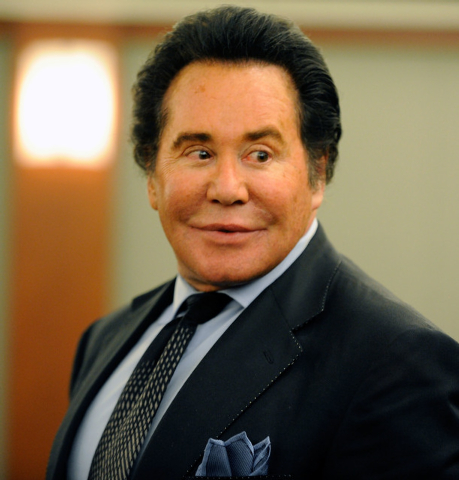
But so little footage was shot inside the old Burly Q houses that Zemeckis has to illustrate Alda's stories with shots of another straight man: Lou Costello, of Abbott-and fame. The early years are largely conjured by historians alongside the likes of Alan Alda (his dad, Robert Alda, was a celebrated burlesque-hall straight man before he moved to Broadway with Guys & Dolls, so he can recount stories from his childhood on the burlesque circuit). She gained notoriety in the late 1950s with the discovery that she was having an affair with then-Louisiana Gov.

Putting The 'Tease' In 'Strip-Tease': Born Fannie Belle Fleming, dancer Blaze Starr was raised in poverty but grew up to become one of burlesque's biggest acts. Behind the Burly Q traces that history all the way back to the early part of the 20th century, but doesn't really come into its own until Zemeckis can interview the stars themselves rather than their children. Tempest Storm's blazing red hair was touted as an attraction all its own.Īll those stars and dozens of their spiritual sisters - Rita Grable, Taffy O'Neill, Candy Cotton, Dixie Evans ("the Marilyn Monroe of Burlesque") - appear in Leslie Zemeckis' pleasantly scattered documentary, an engaging but almost criminally understated look at the history of burlesque. Sally Rand, who must have been in her 60s by then, still came to town to do her fan dance on occasion. I remember family trips to see musicals in D.C.'s theater district, with my folks trying to distract me from posters for that less reputable stage down the block that featured busty, curvaceous, exotically named ecdysiasts - April March, Blaze Starr and, most impressive to a 13-year-old me, Alexandra The Great 48.

That it was mostly pretty tame by today's standards - lots of body stockings and sequined tassels under evening gowns - wasn't remotely evident to me as a kid. But with Hays Production Code-era Hollywood still squeamish about nudity, burlesque houses featuring "live strip-tease" (emphasis firmly on the "tease") still drew crowds.

Vaudeville comics, jugglers, singers, and the form's other family-friendly variety-show trappings had by then migrated to television. Behind the Burly Q takes you back - it took me back, anyway - to burlesque's last hurrah in the 1960s.


 0 kommentar(er)
0 kommentar(er)
